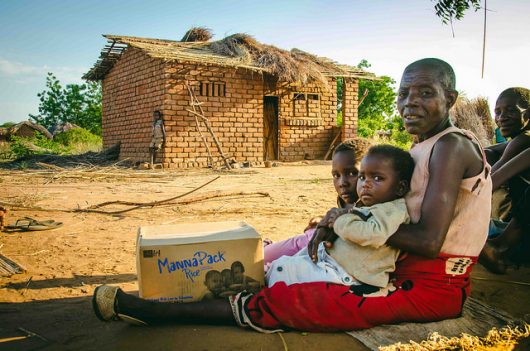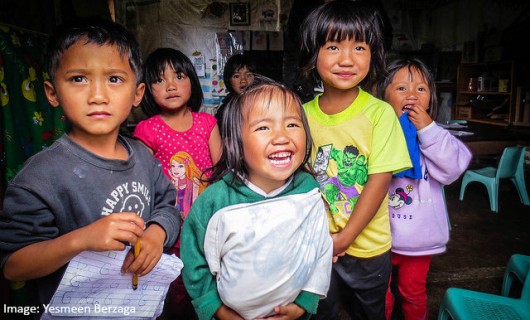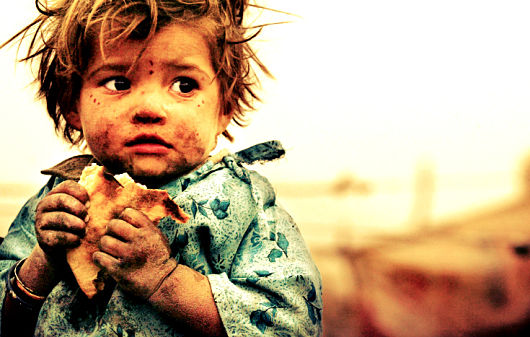
Causes of Poverty in Italy
Poverty in Italy is on the rise as millions of Italians are unable to heat their homes and afford basic necessities. A recession, soaring unemployment and an increasing migrant population are the biggest contributors so far. In light of these conditions, Italians are working together to reduce poverty rates.
A post-war recession caused the number of people living in absolute and relative poverty to jump in 2012; southern regions were hit especially hard. Italy’s unemployment rate, like its economy, is slow to recover. Despite living in the third-largest economy in the eurozone, youths between 15-24 years of age are hit the hardest as approximately 40% are unemployed.
The Group of the Party of European Socialists (PES Group) in the Committee of the Regions (CoR) hopes to address this issue through the Giovanisi project in Tuscany. This project, which draws support from the European Union’s Structural Fund, includes initiatives to promote a right to study, vocational skills, entrepreneurship, support for housing and independent living as well as services related to well-being in the community.
Food Security
Food security is also an issue for many citizens. Of the 8.6 million impoverished people in Italy, about 16.6% of families live in poverty and cannot afford healthy meals. As a result, a family may go without meat once every two days. According to the Associated Press, Italy’s highest court ruled that stealing small amounts of food is no longer illegal for the country’s destitute and starving in May 2016.
Pope Francis recently visited the United Nations World Food Program (WFP) to address the need to end hunger. The pope called on U.N. member states to strengthen their commitment to serving and cooperating with WFP. “In this way, the World Food Program will not only be able to respond to emergencies but also implement sound and consistent projects and promote long-term development programs, as requested by each of the governments and in keeping with the needs of their peoples,” said the pope. Despite the lack of food security in Italy, the European nation was one of the top 25 donors to the WFP in 2015.
Migration into Italy
Italy has also seen a spike in the number of migrants. According to the Telegraph, “There are more than 130,000 migrants living in reception centers in Italy, waiting to hear if they will be granted asylum or expelled.” However, migrants have played a role in aiding police officers in the town of Caltanissetta, Sicily. According to The Local, officers struggled with providing support to the thousands of foreign visitors and migrants that pass through each year. Police Chief Diego Peruga approached the city’s mayor, Giovanni Ruvolo, about getting lessons for his officers. Ruvolo thought it would be beneficial if some of the city’s asylum seekers could teach a 30-hour basic English course for the police force; the asylum seekers were happy to volunteer as teachers. “It also provides them with the opportunity to give something back to the town which has welcomed them with open arms,” said Ruvolo.
There is still much work to be done to alleviate poverty in Italy — changes in the economy and unemployment cannot happen overnight. Thanks to these initiatives the country is getting on the right track.
– Veronica Ung-Kono


 Currently, 60 million people have been forcibly displaced globally. Ongoing conflict around the world has led to large populations to flee and start over with nothing, creating a situation where humanitarian relief agencies can’t keep up with the amount of services and funding they need.
Currently, 60 million people have been forcibly displaced globally. Ongoing conflict around the world has led to large populations to flee and start over with nothing, creating a situation where humanitarian relief agencies can’t keep up with the amount of services and funding they need.

